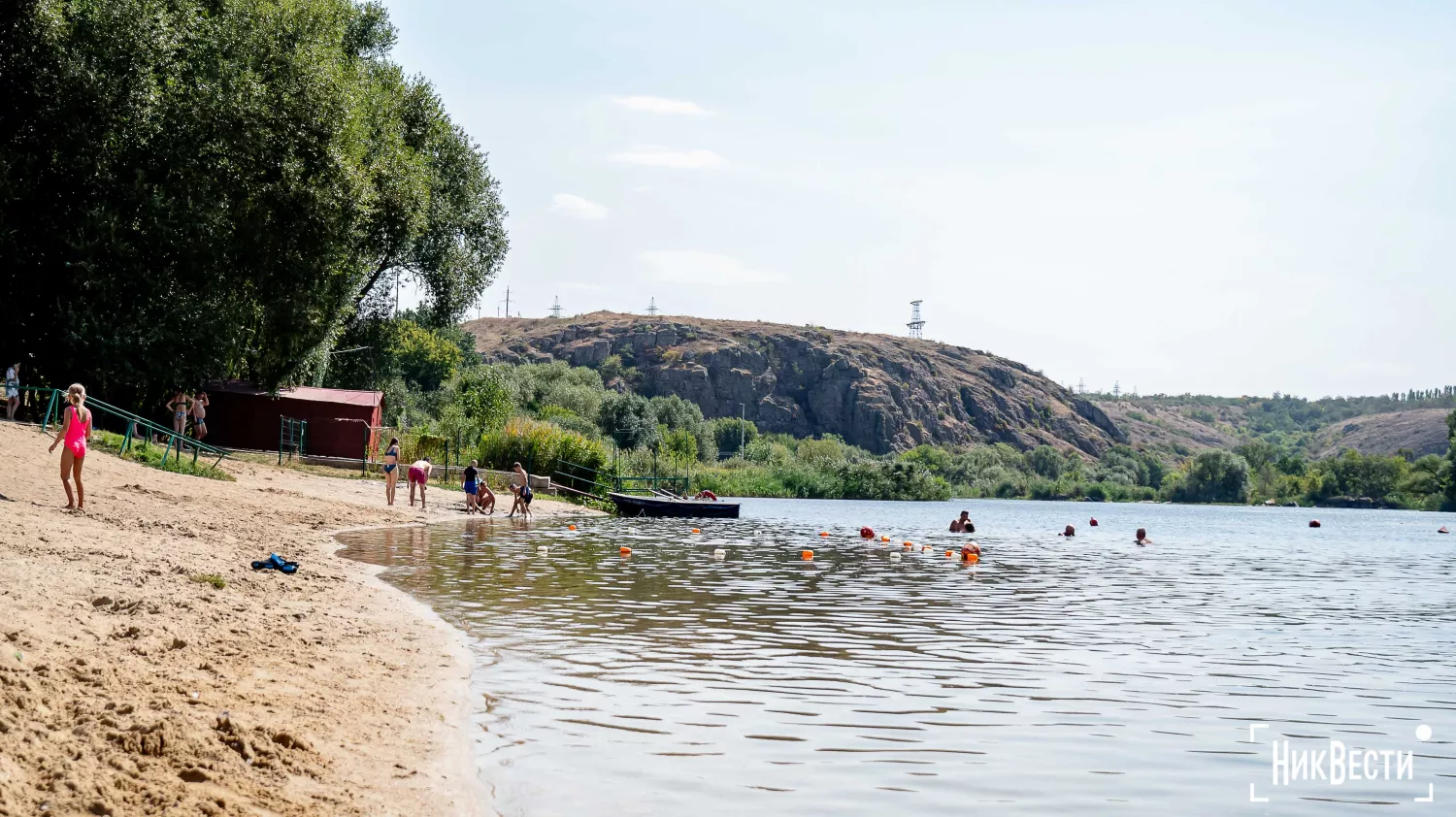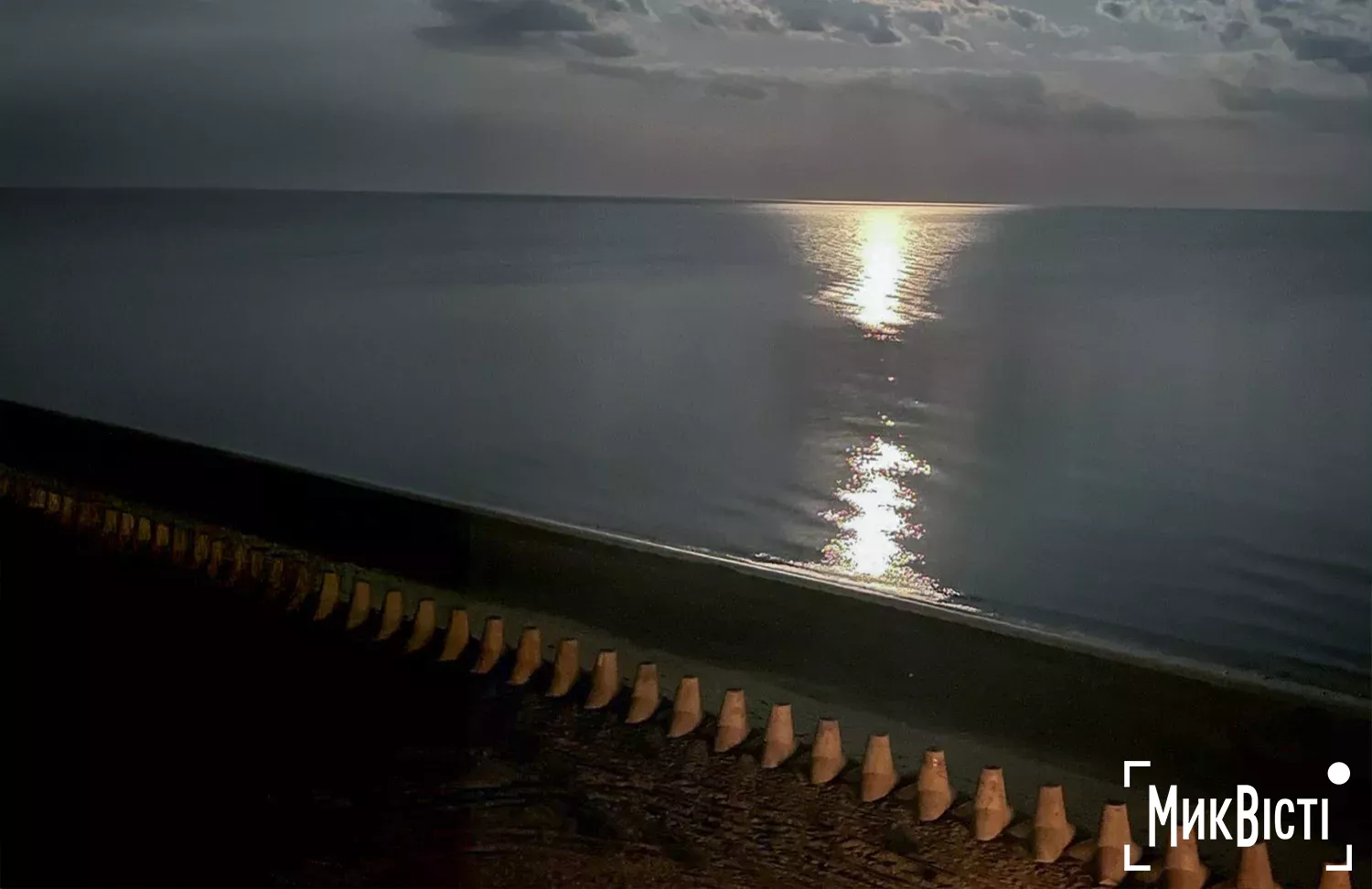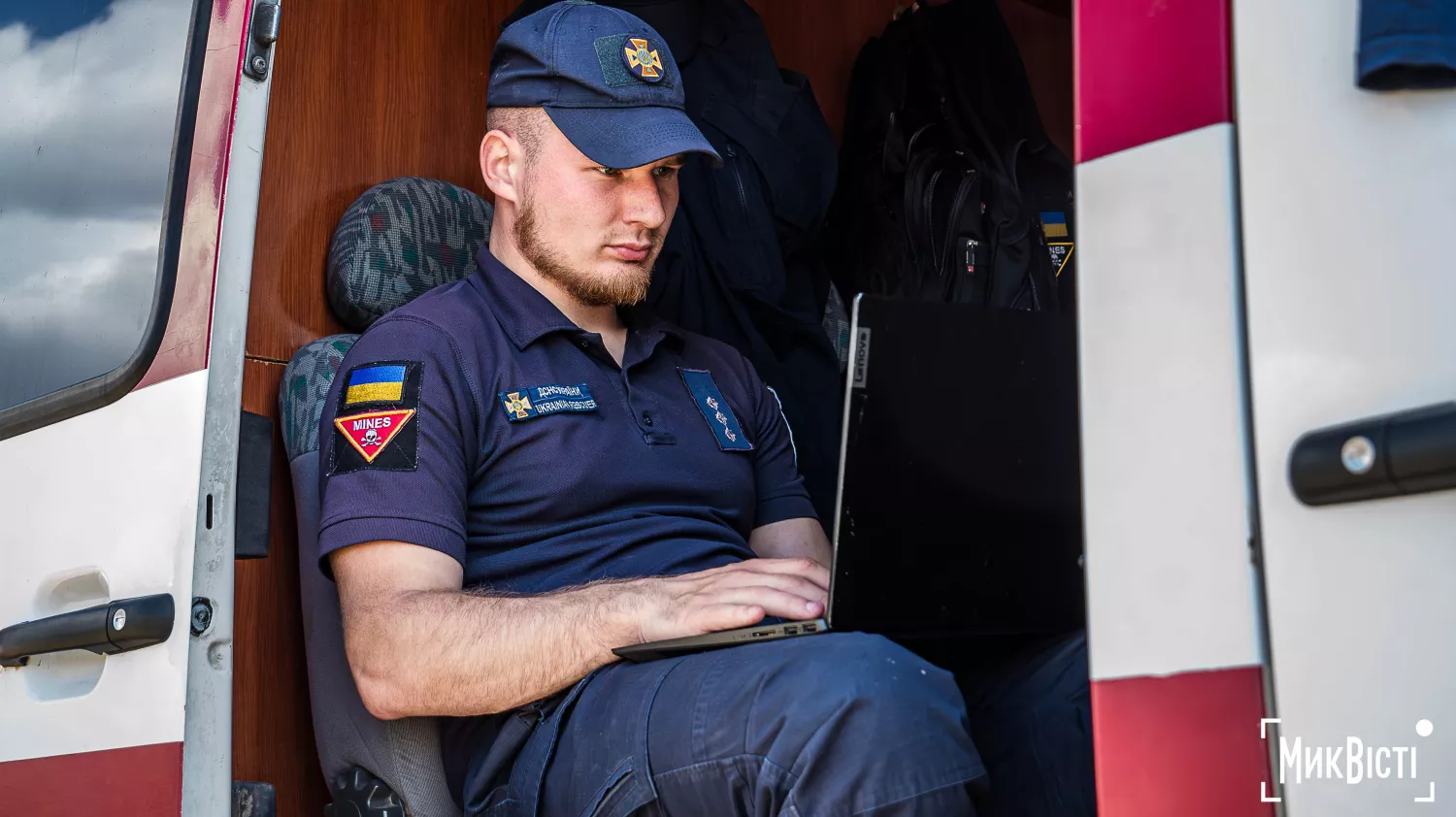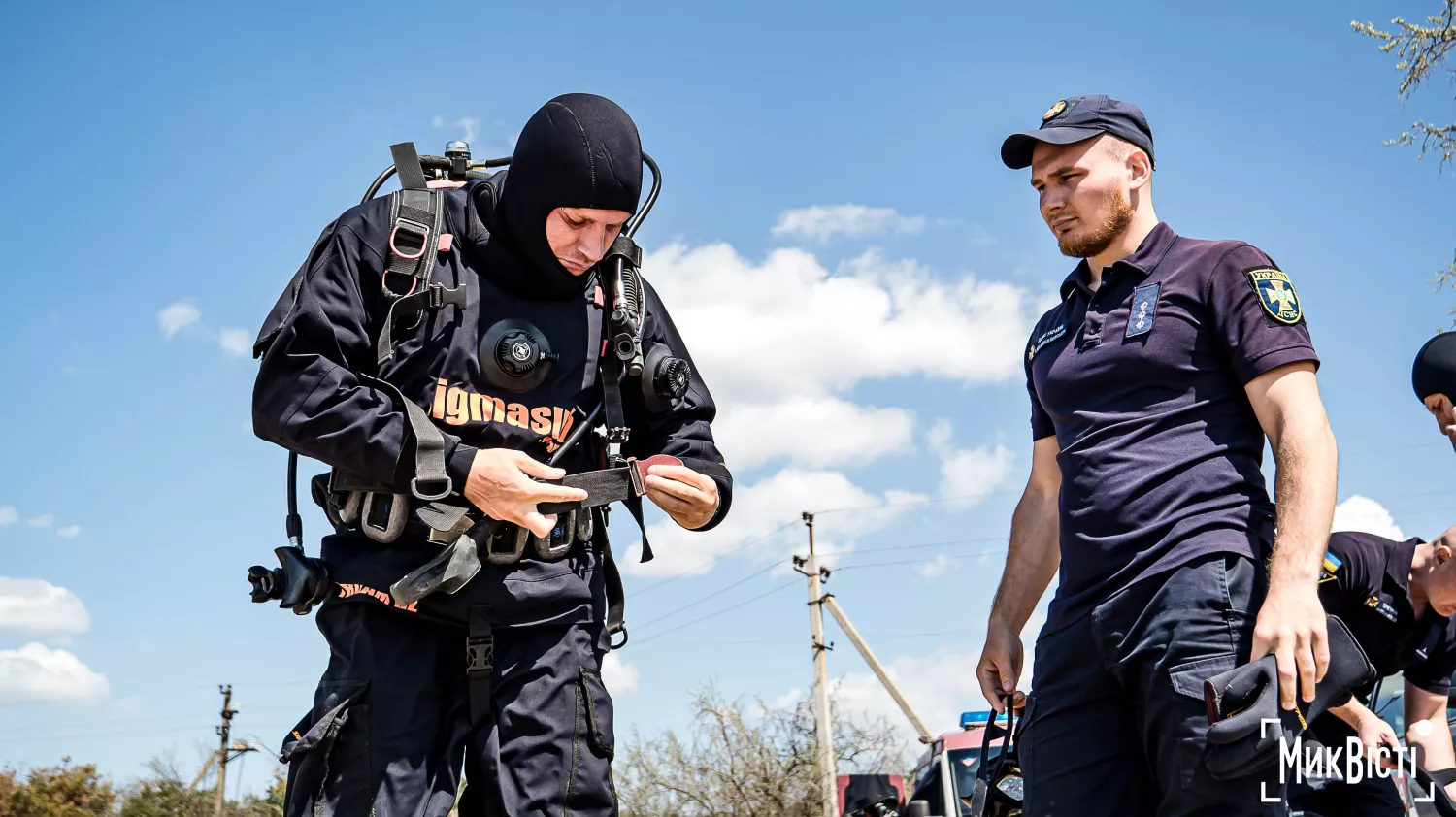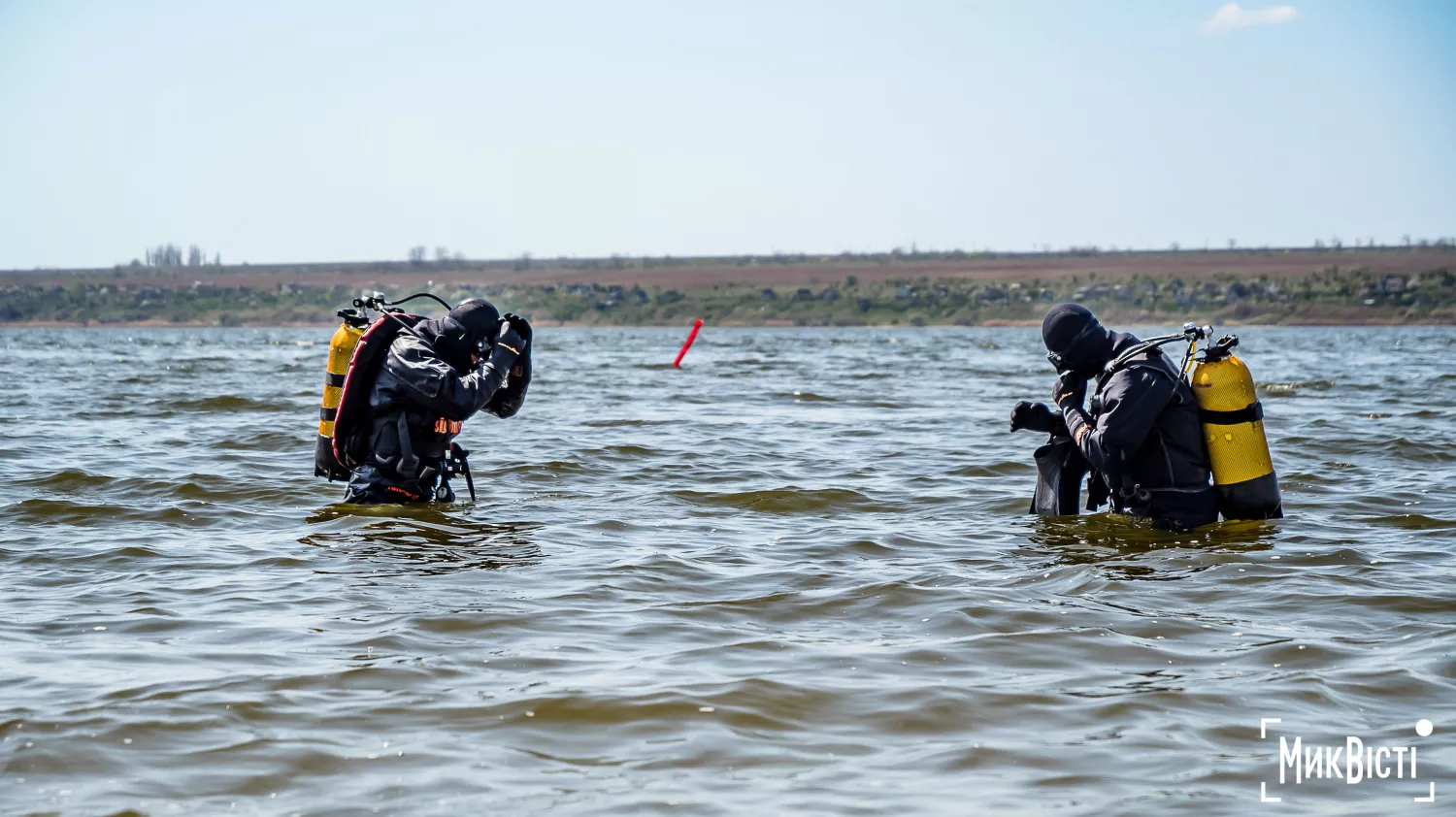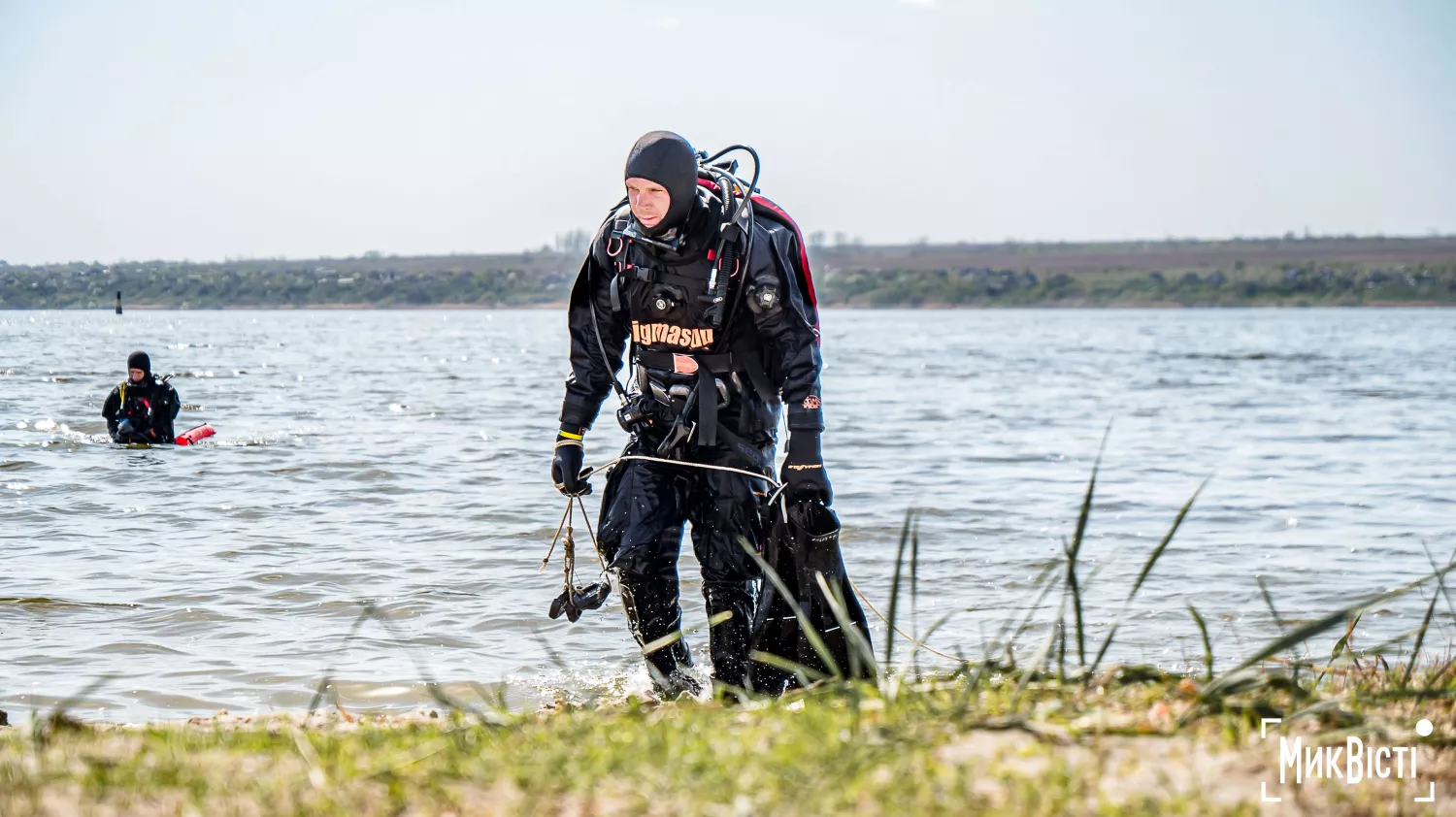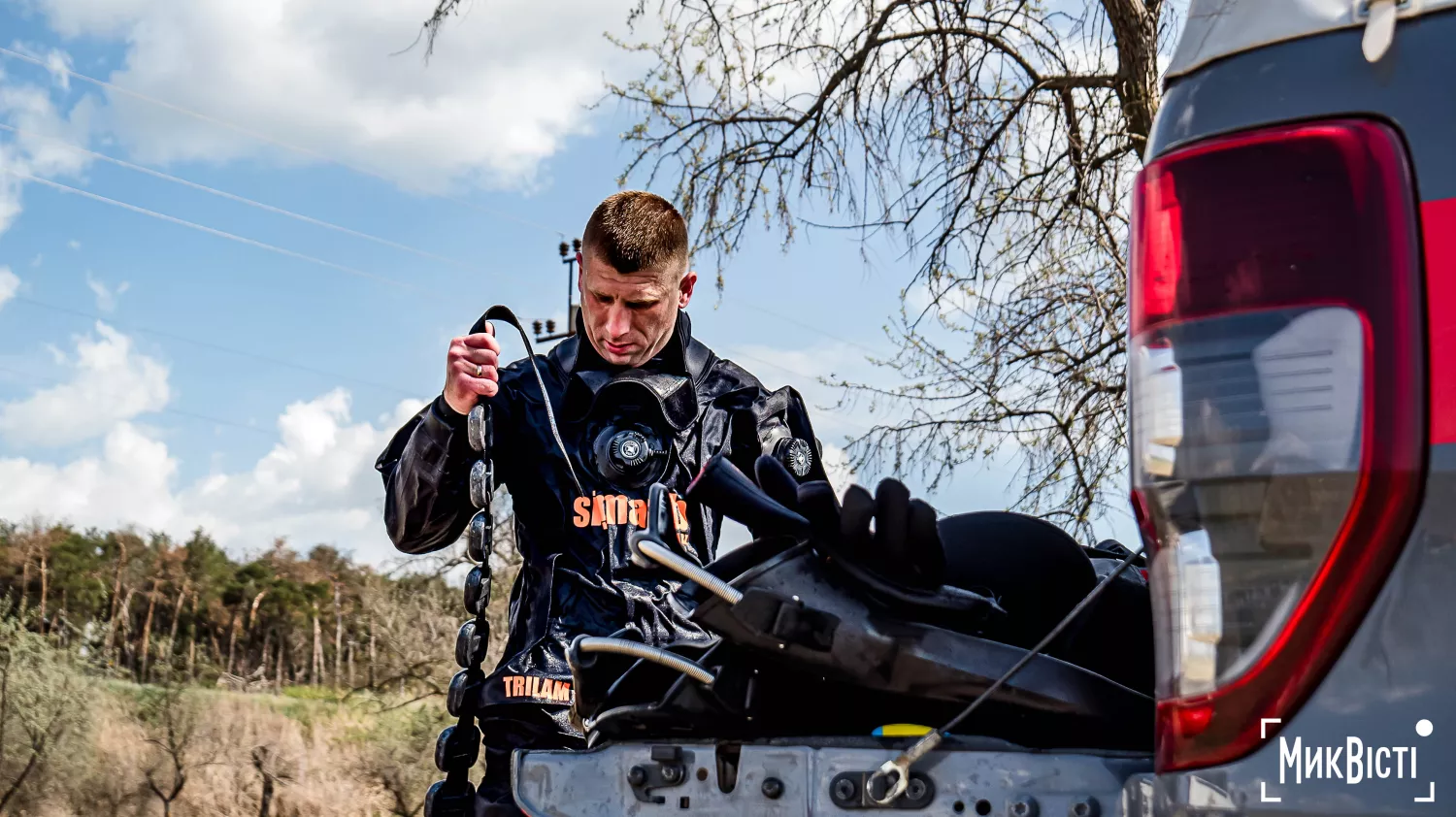Mykolaiv Region Prepares Safe Vacation Zones as Beach Access Remains Closed
- News of Mykolaiv
-
•
-

- Alina Kvitko
-
•
-
17:00, 30 April, 2025
Summer is approaching, and the issue of water safety in Mykolaiv region remains a priority. Due to the military situation, the seaside, including the resorts of Kobleve, Luhove, Rybakivka and Ochakiv, will officially remain closed in 2025. Instead, residents of Mykolaiv are offered an alternative — holidays near rivers and estuaries in safe locations that are being inspected.
NikVesti tells you where you can relax this summer and what rules you need to know.
No swimming in Kobleve again this year
Despite numerous requests from businesses and the expectations of local residents, the regional authorities were forced to admit that it was impossible to open the sea beaches this year. As Mykola Marinov, deputy head of the Mykolaiv Regional Military Administration for Tourism, explained, the situation on the sea coast remains dangerous. Due to dense mining and military risks, even the farthest stretches of coastline from the occupied Kinburn Spit cannot be secured.
«We have been working on the issue of opening the sea with both the military and business, but due to the mine danger, this is not possible now. The sea coast remains mined. Even the most remote areas remain dangerous. That is why we are not going to open beaches on the sea this season,» said Mykola Marinov.
According to the Mykolaiv Regional Military Administration, 90% of the coastal areas remain inaccessible to holidaymakers this year.
Volodymyr Panych, the head of the Kobleve community, tried to defend the opening of the sea beaches, and the business supported the idea. But, as Mykola Marinov notes, even the greatest efforts cannot overcome the threats posed by the hostilities.
The sea coast is not being mined at the moment — there is no permission for this work.
«As soon as the military situation allows, we will be able to start the work. At the moment, it is impossible to open seaside resorts,» said Mykola Marinov.
It is especially difficult due to the lack of seaside locations in Kobleve, where up to 90% of the region's tourism business has traditionally gathered.
«The Kobleve community, which was heavily dependent on the tourism business, is now going through difficult times. The business, which used to bring in the main revenues to the budget, has now virtually disappeared,» says Mykola Marinov.
However, the situation in Kobleve is more complicated: local authorities were forced to introduce business incentives to at least somehow support the community's economy, as the main revenues were generated by tourism.
Kobleve village head Volodymyr Panych said that the closure of the sea coast due to the war had led to serious losses for the community. According to him, the budget has been cut by 65%, and most recreation areas in particular in Rybakivka, Luhove and Morske — have completely stopped working.
«Today, only 3.5-4% of the recreation centres in Koblevo are open, mostly those with swimming pools,» said Panych. Due to the lack of tourists, entrepreneurs are asking the authorities for tax holidays. However, it is impossible to grant them, as the community is not on the list of territories where military operations are ongoing,» says Panych.
At the same time, the village council has already reduced the tax burden: the rate for land lease was reduced from 12% to 3%, and the fee for real estate lease was reduced by 7 times.
«We understand the difficult situation and are meeting our entrepreneurs halfway,» said the head of the community.
Volodymyr Panych also said that some owners have put their recreation centres up for sale or moved abroad. According to him, there is currently no ban on the operation of the bases — only a ban on swimming in the sea, and the further situation depends on the safety in the sky.
Instead, in the north of the region, like last year, beaches on the rivers will open.
«The city of Mykolaiv will also open its beaches, including those on the river. The Myhiia rapids and other places in the north of the region remain accessible,» he adds.
As for new locations, unfortunately, no new holiday destinations are expected to open this year. All areas where security allows it remain accessible. However, according to Mykola Marinov, certain restrictions remain in place for forest areas and regional parks.
Despite all the restrictions, there are still several popular destinations for tourists. The Tylihul Estuary remains at the top of the list for many people who want to swim, and Myhiia is a favourite for lovers of natural beauty.
«We expect these places to be as popular this year as they were last year,» says Mykola Marinov.
When asked whether the region cooperates with donors, the deputy head of the RMA noted that investments in tourism infrastructure are currently limited. But he added that this issue remains on the agenda and may be relevant in the future.
Mykolaiv beaches. Are they safe?
Continuing with the topic of water safety, it is important to note that all beaches in Mykolaiv where there is a possibility of mass gatherings of people are subject to detailed inspections. The SES divers involved not only check the water condition, but also examine the area for dangerous objects or contamination.
As Volodymyr Kozariev, deputy head of the underwater demining group, explains, the priority is given to those areas where the most tourists appear. They are selected based on instructions from the military administration and agreed with all services.
«We work in the places where people are most likely to have a rest. We don't have to wait for someone to tell us. We choose locations where there are the most people and where it is impossible to control them. Therefore, these areas must be safe,» says Vladimir Kozarev.
This year, fortunately, no explosives have been found so far. However, there were some finds: a few remnants of MLRS «Hurricane» were discovered.
«These items did not pose a threat, but they still need to be removed», emphasises Volodymyr Kozariev.
According to experts, the greatest danger is posed by explosive objects that can fall into the water after shelling.
«Remnants of shells or cassettes can end up in rivers and the sea, and water, in turn, also contributes to their corrosion,» he adds.
That's why divers often come across metal objects, rebar, glass bottles, which can cause injuries to holidaymakers.
«The water may not be completely clear, and some dangers are not visible on the surface. We have to identify all possible threats to ensure that we minimise the risk to people who want to have a rest,» the diver emphasised.
How do the divers who inspect Mykolaiv's beaches work?
As for the depth at which the survey is carried out, they are allowed to work at a depth of up to 12 metres. However, in most cases, the work is carried out at depths of 7 to 12 metres.
During the survey, special diving suits, compensators, masks, lights, and metal detectors are used for a detailed examination of the bottom. Additionally, underwater drones are used to safely detect and identify explosive objects without endangering divers. Divers also use knives to cut through nets or cables that may become entangled underwater.
«Underwater drones also help. It's a practically safe way to check the area without endangering our divers,» explains Volodymyr Kozariev.
The underwater demining team consists of 19 people, including divers, paramedics and technicians, as well as special equipment to help transport dangerous items and personnel. As for the number of divers, there are some difficulties.
«Unfortunately, today we are not 100% staffed. We lack two divers to have a complete set,» says Volodymyr Kozariev.
However, this does not stop the rescuers. The survey of the water area is ongoing — not only in spring, but also in summer and autumn, because even in the cold season there are people who go out on the water, including fishermen, and there is a risk of coming across explosive devices.
As for the general situation with water safety, it is important to remember that even in times of peaceful recreation, under such martial law conditions, there are no absolutely safe places.
«If something hits you while you're swimming, the water will only increase the effect of the explosion,» he warns.
Therefore, only those places where rescuers have already carried out special surveys and cleared dangerous objects can be safe.
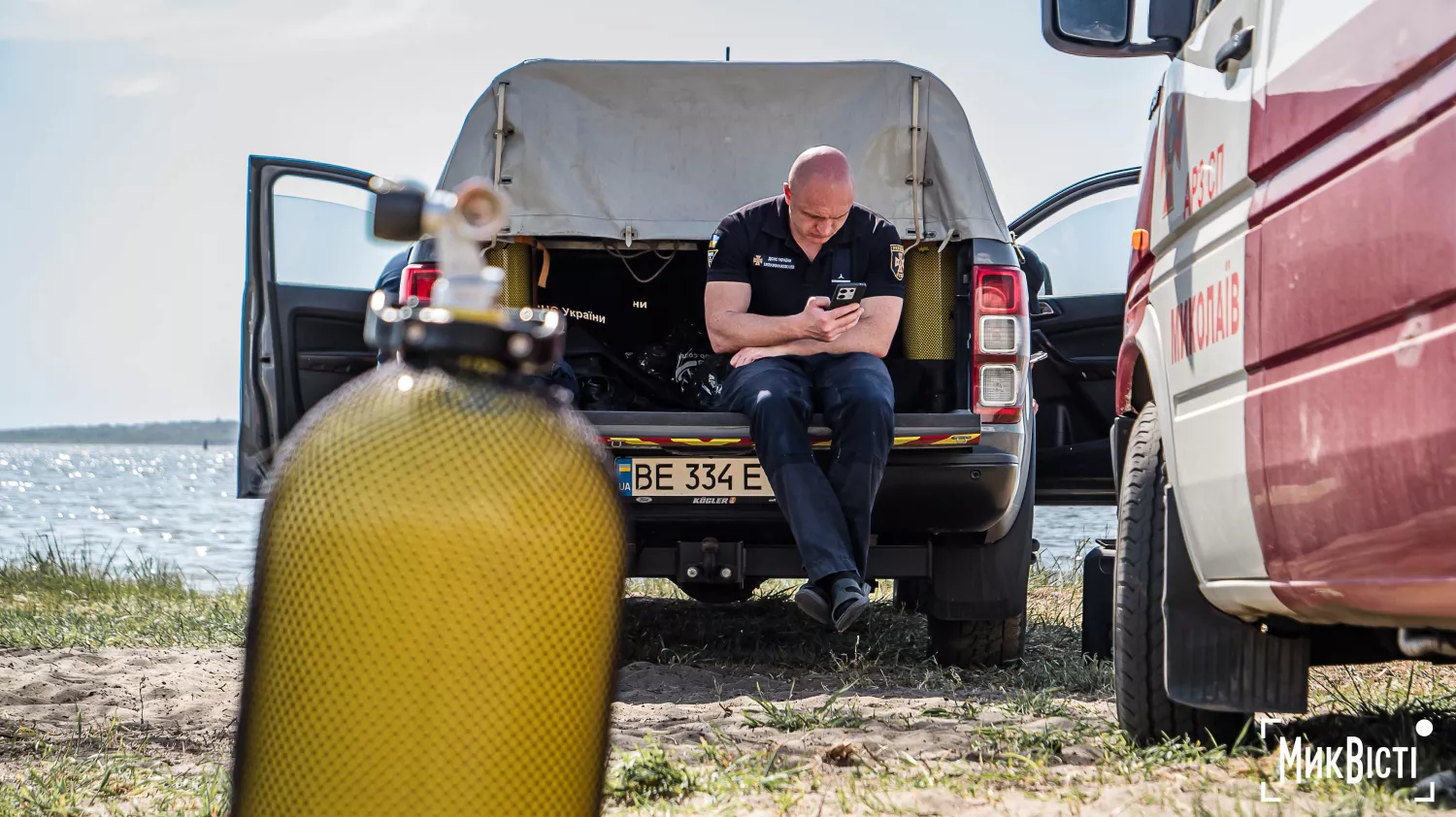 An employee of the State Emergency Service in Mykolaiv region helping divers to equip themselves before a dive. Photo: NikVesti
An employee of the State Emergency Service in Mykolaiv region helping divers to equip themselves before a dive. Photo: NikVesti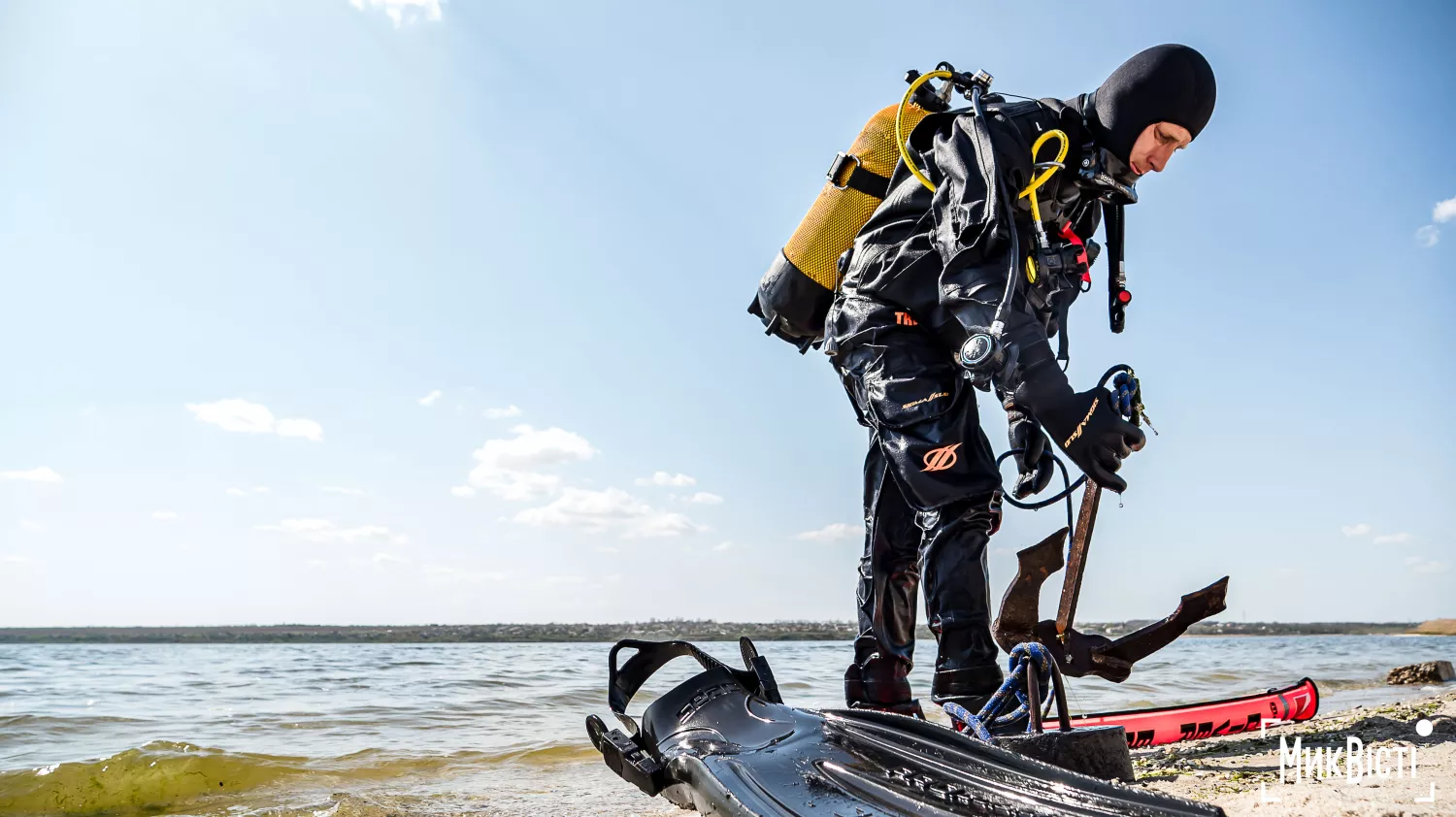 A diver sets an anchor to prevent him from being carried away from the area of the river. Photo: NikVesti
A diver sets an anchor to prevent him from being carried away from the area of the river. Photo: NikVestiRescuers also advise people to be especially careful and choose places for recreation where local authorities have already taken all the necessary measures to ensure safety. This includes inspecting the water area for explosives and other preventive measures.
Where else can you relax by the water in Mykolaiv region?
In 2025, Mykolaiv residents and guests of the region will be offered safe recreation near rivers and estuaries:
-
Tylihul Estuary (from the Mykolaiv and Odesa regions)
-
Beaches on the banks of the Southern Bug in Mykolaiv
-
Myhiia and other popular places in the north of the region
Preparations are underway in Mykolaiv to open three official waterfront recreation areas. According to Roman Vozniak, Head of the Emergency Situations and Civil Protection Department of the Mykolaiv City Council, rescuers and divers are inspecting the coastal areas to rule out the presence of explosive devices.
«The sea remains closed for swimming. Only those places that have been inspected by SES divers and found to be safe for people will be open. Even in places that are not officially recognised as beaches, but where people are having a rest, we inspect the water area to minimise the risks,» says Roman Vozniak.
There are no special shelters near beaches at the moment. However, according to the standard, there should be an area within 500 metres of a mass recreation area where people can take refuge during an air raid.
Mykolaiv is considering installing modular portable shelters, but the decision depends on funding.
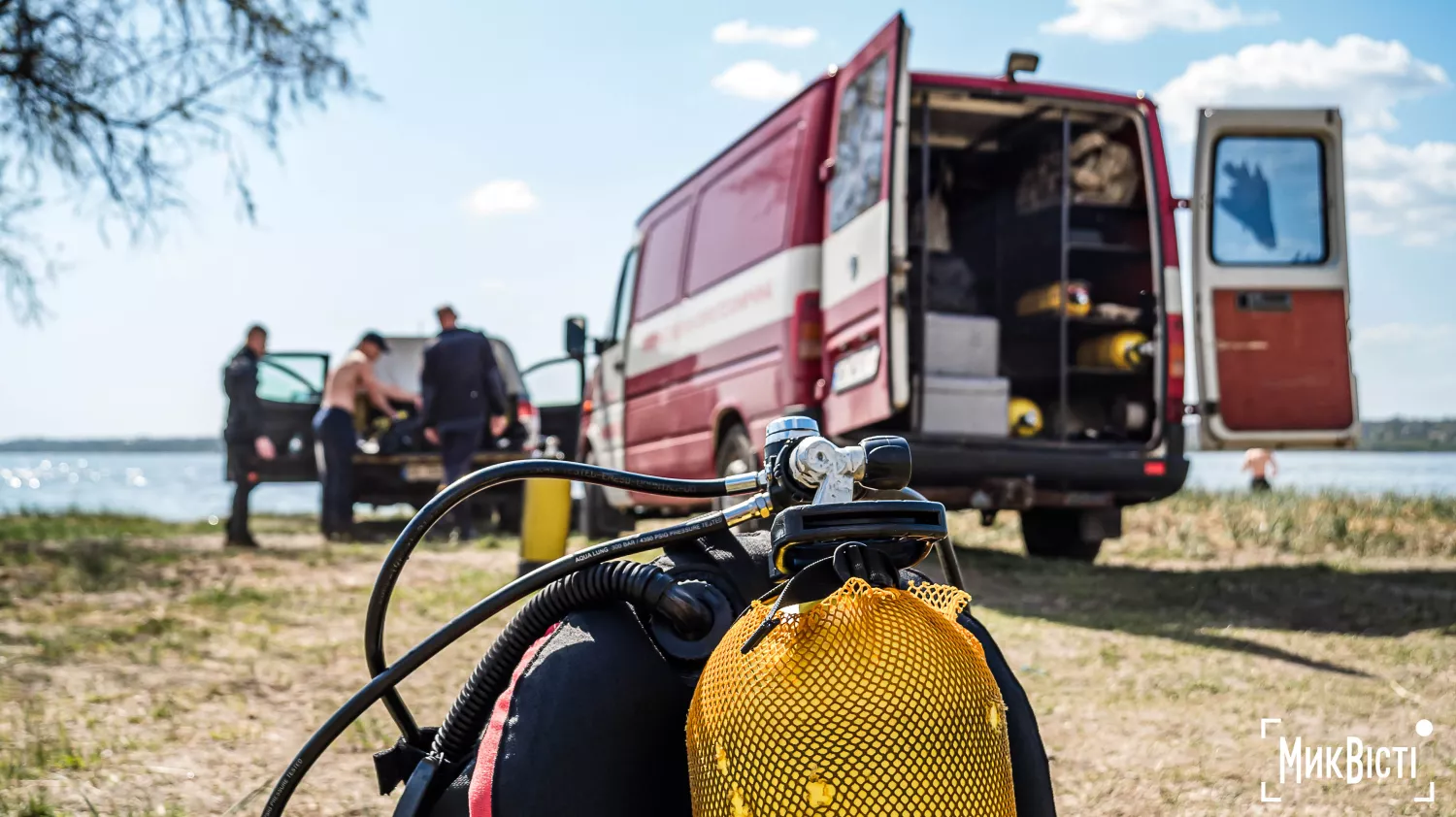 A group of SES employees completed a survey of a certain section of the Southern Bug. Photo: NikVesti
A group of SES employees completed a survey of a certain section of the Southern Bug. Photo: NikVestiSafe holidays: basic rules
Recreation in unauthorised or untested areas can be deadly. Due to the hostilities, the waters of rivers and estuaries can potentially contain explosive devices. Only officially inspected areas guarantee minimal risk to life and health.
The SES thoroughly inspects the water area and coastal areas before opening any location.
To make your holiday not only enjoyable but also safe, you should remember:
-
Choose only officially authorised recreation areas.
-
Keep an eye out for messages about the state of water safety.
-
In the event of an air raid alert, go for cover immediately.
-
Do not swim in unknown or untested areas of water.
-
Take care of the safety of children — do not leave them unattended.
-
Report any suspicious objects in the water or on the shore to the rescuers.
Due to the hostilities, some of the region's water bodies are contaminated with explosive devices. Even with the constant work of rescuers and pyrotechnics, safety is guaranteed only in the tested areas.
Unofficial swimming in closed or uninspected areas can have tragic consequences.

This material was produced as part of the "Improving Ukrainian Media Resilience" project, implemented by the Fondation Hirondelle (Switzerland) and IRMI, the Institute for Regional Media and Information (Ukraine). The project is funded by Swiss Solidarity.

Чому ви читаєте «МикВісті»? Яка наша діяльність найбільш важлива для вас? Та чи хотіли б ви стати частиною спільноти читачів? Пройдіть опитування, це анонімно і займе 5 хвилин вашого часу


